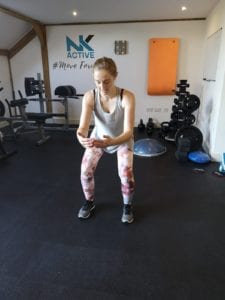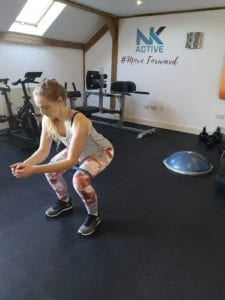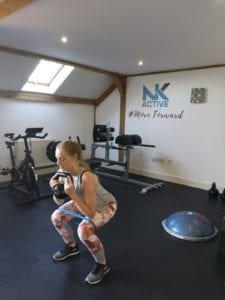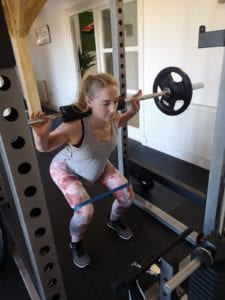
Hypermobility, more strength, elevated confidence
Hello and welcome to 2020, we are kickstarting our blog section again. First up is one of our Podiatrists Dr Charlotte Dando, chatting about hypermobility and exercise. This is a topic close to Charlotte’s heart as she has hypermobility and uses strength training to help keep herself active.
What is hypermobility
Hypermobility is where the joints in the body are more flexible than normal and have a greater range of motion.
An assessment technique that is commonly used is called the ‘Beighton score’. A series of movements are scored to determine how mobile your joints are. In some cases, your General Practitioner (GP) may also consider the need for a blood test or x-ray to help rule out any other conditions like arthritis
Complaints/injuries
People with hypermobility may complain of pain/stiffness in the joints or muscles, recurrent sprains or strains, dislocating of joints (jointing popping out), poor balance or coordination, thin/stretchy skin or digestive problems.
It is known that improving muscle strength and fitness will have a positive effect on protecting the joints and tissues as well as improving your balance and posture.
If you were to do nothing, there is a risk that you could develop sprains, dislocations or be more susceptible to osteoarthritis. For most people, they are born with this condition and it’s not a problem.
Why is strength training helpful
Strength training as part of your routine can help ensure muscles and joints are able to move through their range of motion under control. This, in turn, can reduce your risk of injury. Mobility training can also help improve movement patterns.
To start adding strength training into your lifestyle you will need to build this up gradually.
- Firstly, concentrating on the movement – how well can you do it
- Then you want to progress to do these movements against resistance – how well can you move against a force like a resistance band
- Next, you want to introduce a lightweight – can I perform this movement with a load
- Then you want to gradually increase the load – can I perform this movement with load and maintain form and control
- Finally, you want to maintain strength
Some exercises to start with
Here is a simple exercise progression plan for squatting:
- Squats (double leg) –

- Squat with resistance band

- Squats with the resistant band and lightweight

- Squats with heavier weight (I use the resistance band as a reminder for my knee position and to active my bum and thigh muscles)

Some tips when exercising
- Use the rate of perceived excursion (RPE) scale to judge effort level, 0 been easy and 10 really hard, everything needs to be around 7/10, this is better than saying just do 3 reps of 10. Maybe aim for 8-10 reps with 3 sets as and by the end that RPE should be 7/10
- Try and do strength exercises 3 times a week, rest days are important, especially with hypermobility.
- Most importantly have fun!!!!!
Any questions, just let us know.
